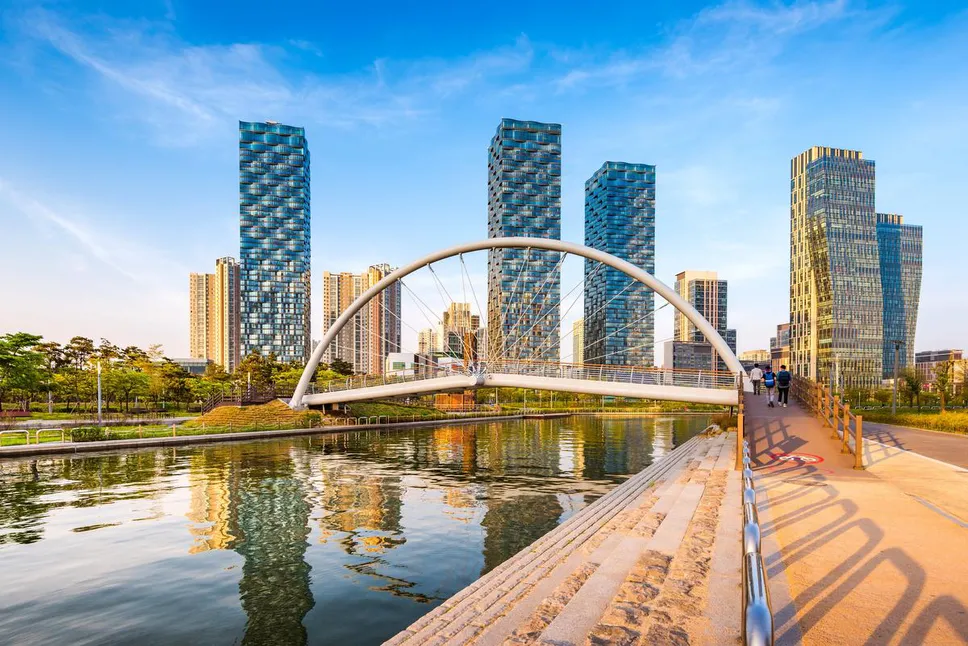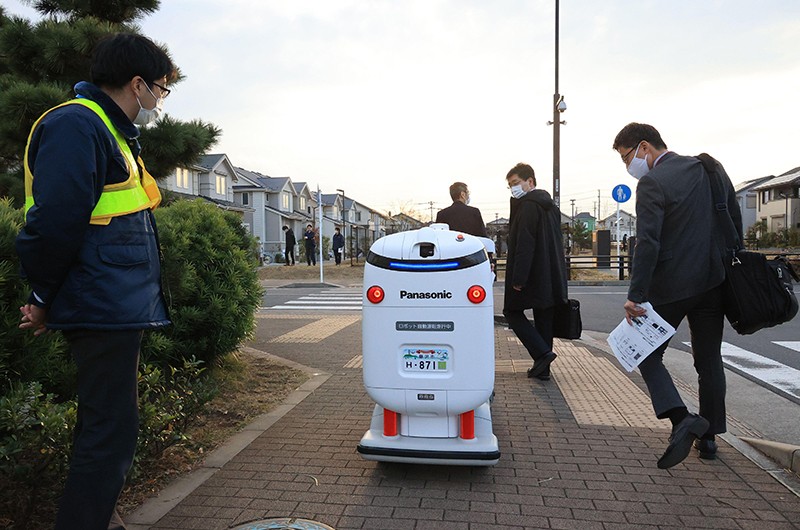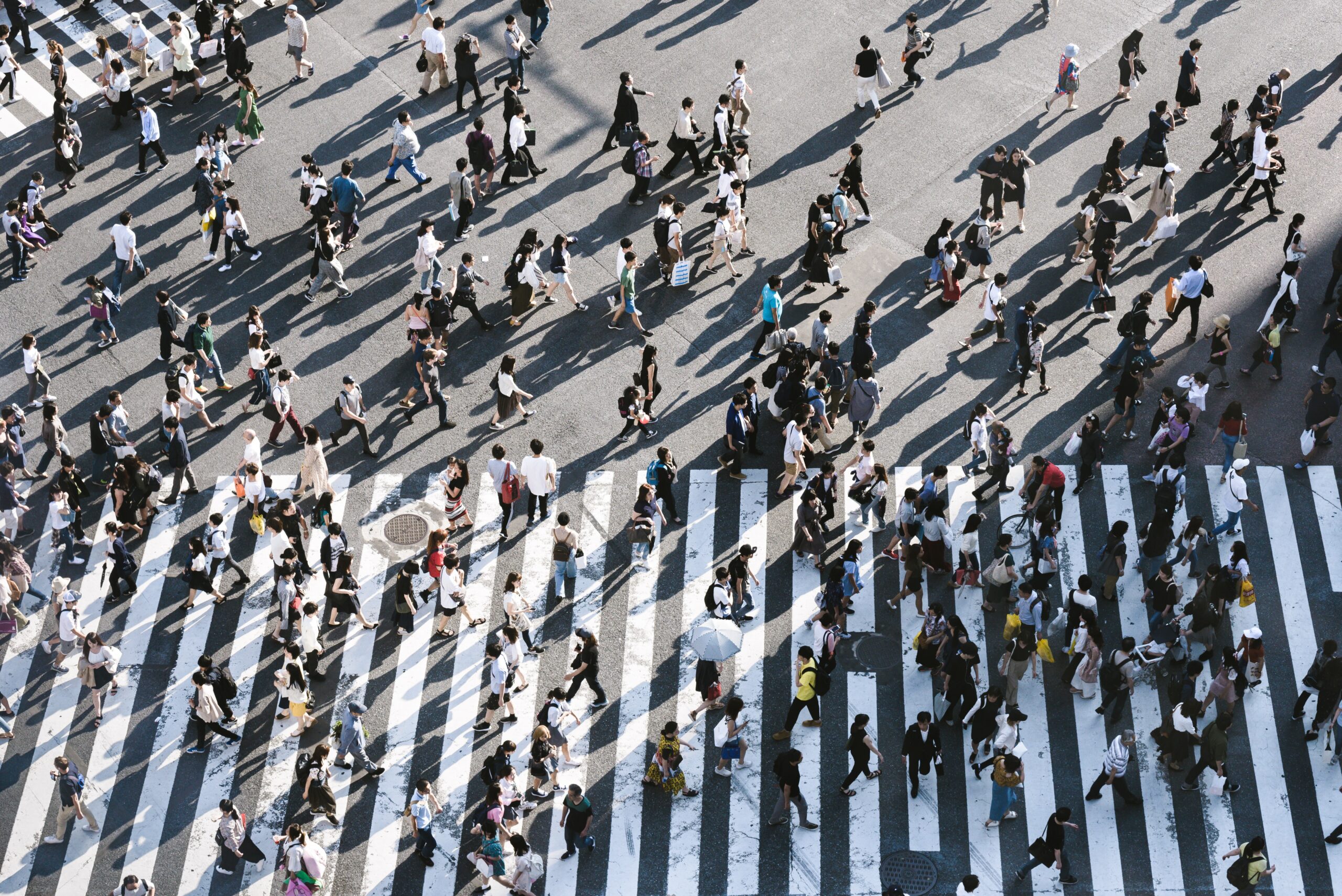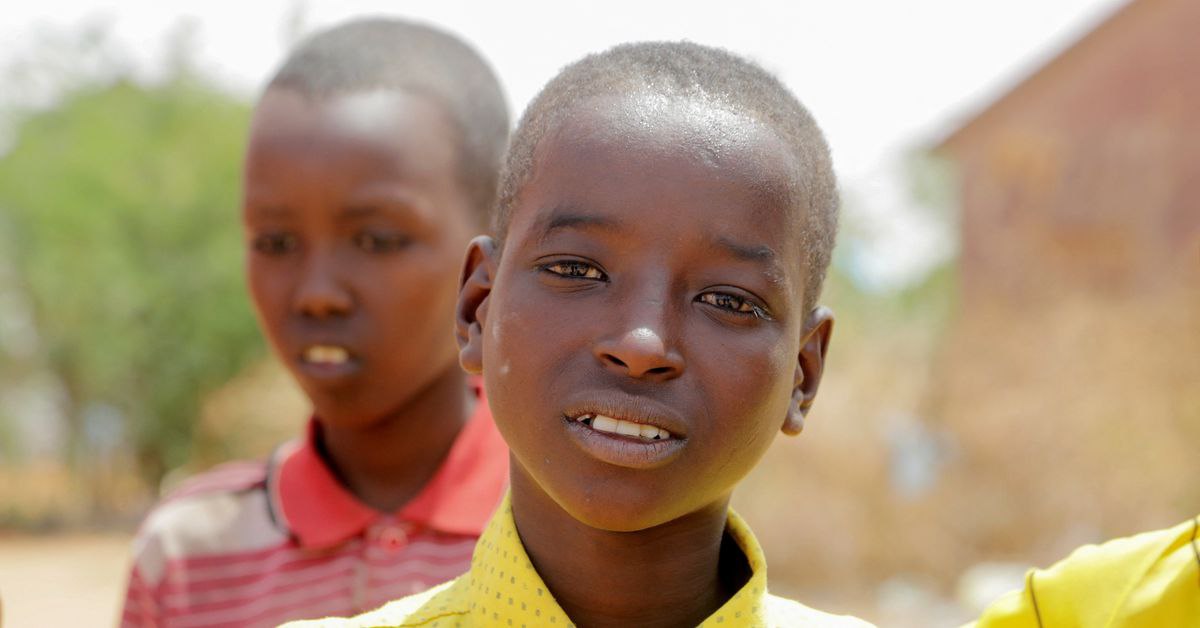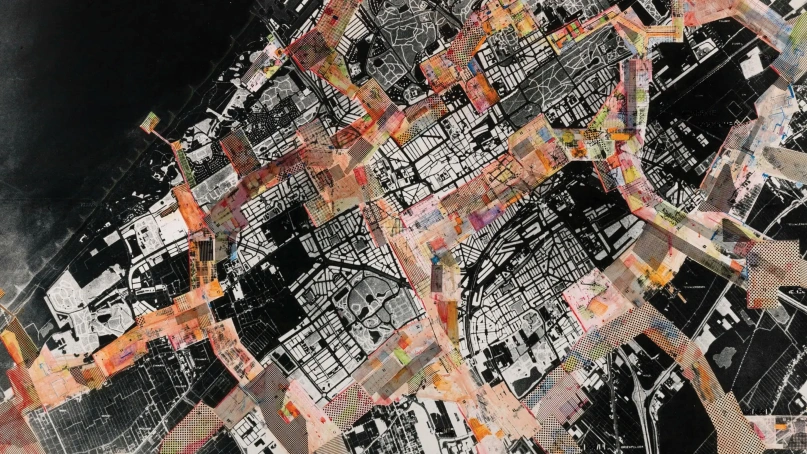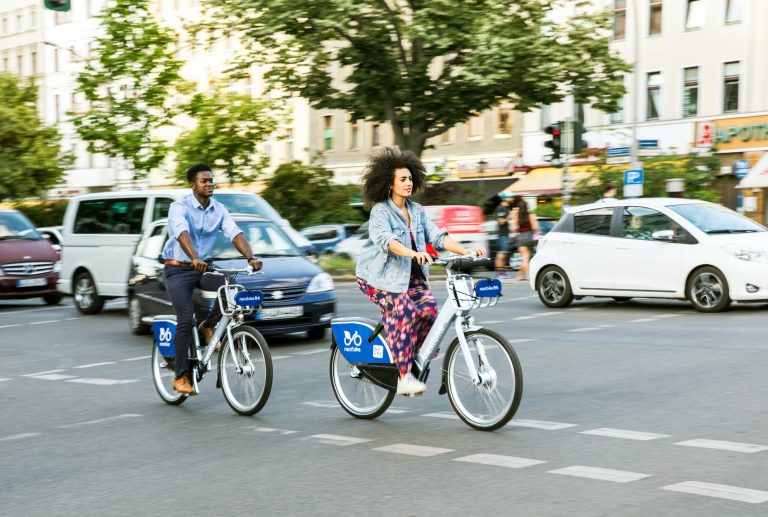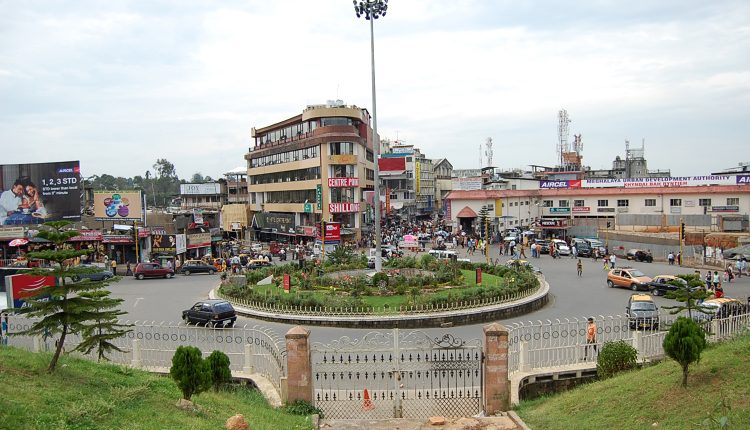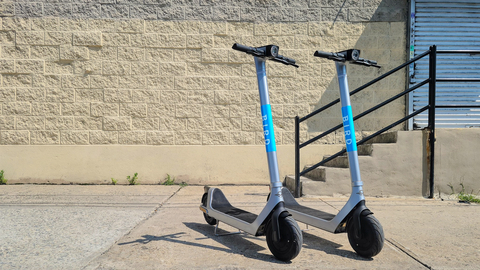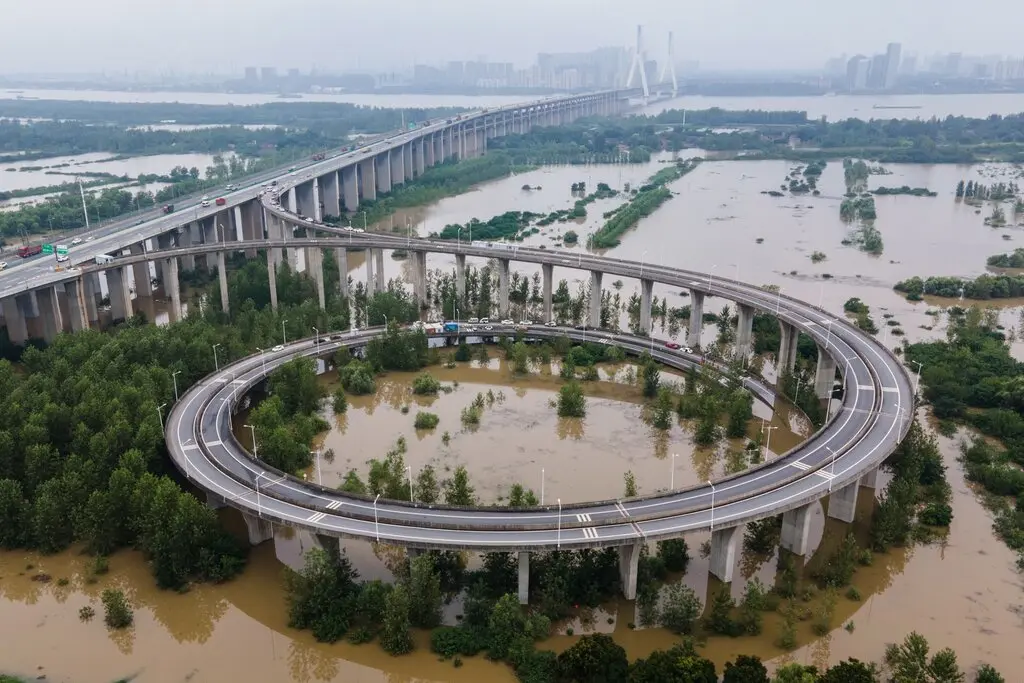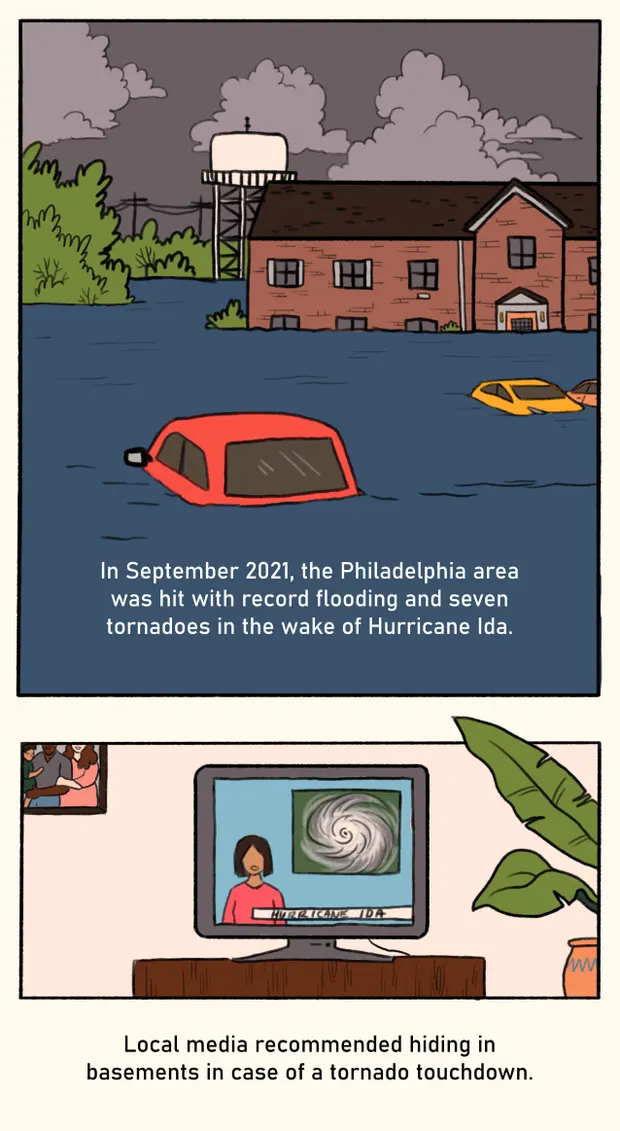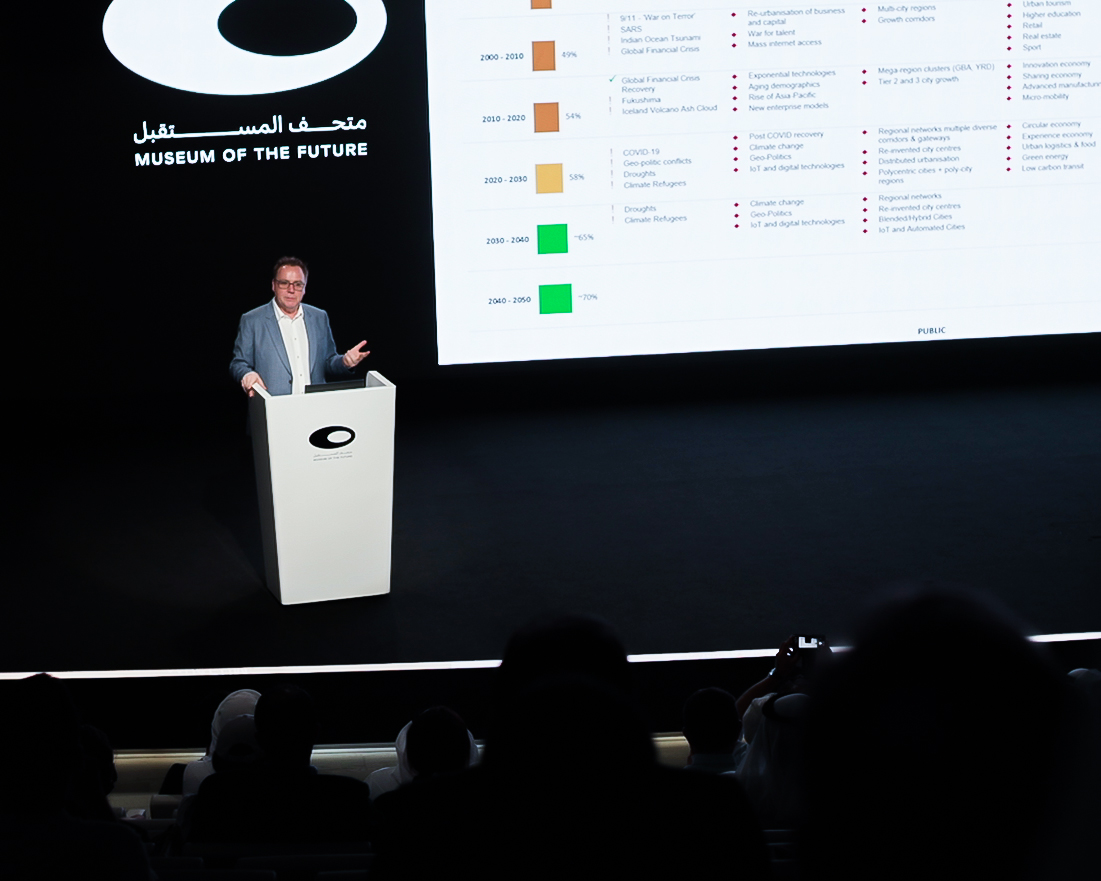
Around 55 per cent of the world’s population live in cities and by 2050 this is expected to increase to 68 per cent, with most concentrated in developing countries. Cities also generate more than 80 per cent of global GDP. Yet COVID-19 has made cities seem less attractive. Density and shared services make social distancing challenging. Urban areas are among the hardest hit by COVID-19 and the long-term impact remains unclear.
Cities also account for more than 70 per cent of all carbon emissions. Most cities are vulnerable to at least one type of natural disaster and face climate challenges, such as air pollution and heatwaves, on top of the associated health problems. The risk of floods in coastal cities has also increased due to rising global sea levels.
Cities continue to face numerous security challenges and emerging threats with many having been targets of terrorist attacks. The digitalisation of buildings and infrastructure also blurs the lines between the physical and virtual worlds. Increasing dependency on smart technologies and interconnectivity is likely to increase cities’ vulnerability to cyber-attacks and privacy breaches. Emerging hybrid threats such as bioterrorism also pose a serious risk.
COVID-19 presents cities with an opportunity to apply lessons learned from the disruptions and build resilience against future risks. What might a post-COVID-19 city look like? Ideally, it would be resilient, well-prepared to absorb and recover from stressors. Cities can build resilience by designing plans and protocols to deal with their unique vulnerabilities.
+INFO: EastAsia Forum




